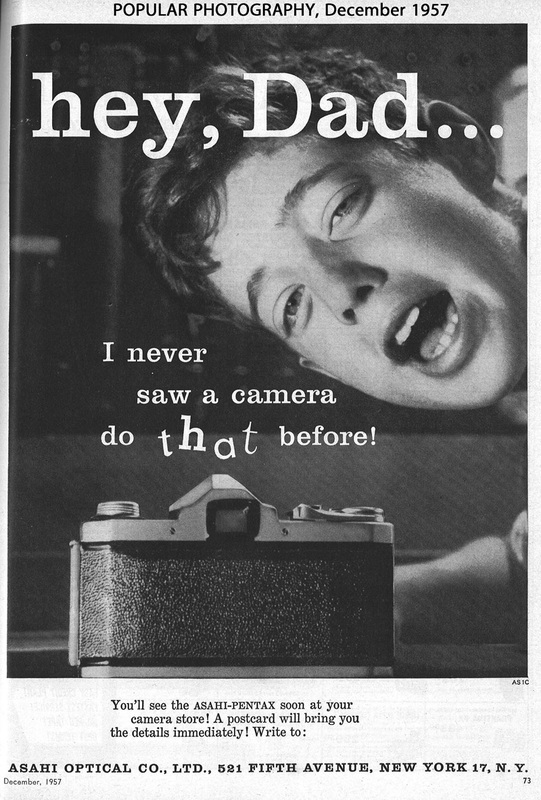check out his just re-published list from 2018
Does Noteworthy always translate to Greatest?
Why not the Epson RD1 instead of the trouble prone Leica M9?
Why not the Konica Hexar RF as the first of the NON Leica M mounts?
Why not my favorite Canon SLRs - the T90 and RT?
The Pentax K1000? Really? Does best selling = Greatness?
Why not the Hasselblad V?
as the usual suspect greatest cameras duke it out among their fans ...
Stephen
Does Noteworthy always translate to Greatest?
Why not the Epson RD1 instead of the trouble prone Leica M9?
Why not the Konica Hexar RF as the first of the NON Leica M mounts?
Why not my favorite Canon SLRs - the T90 and RT?
The Pentax K1000? Really? Does best selling = Greatness?
Why not the Hasselblad V?
as the usual suspect greatest cameras duke it out among their fans ...
Stephen





